What Is Onigiri?
Onigiri, or rice balls, are one of Japan’s most beloved foods. At first glance, they may look like simple rice shaped into a triangle or ball and wrapped in nori (seaweed). But this humble snack carries over a thousand years of history, countless regional variations, and deep cultural meaning—making it much more than just a quick bite.
For travelers eager to dive into authentic Japanese cuisine, onigiri offers an easy, affordable, and delicious way to experience the heart of Japan’s food culture.
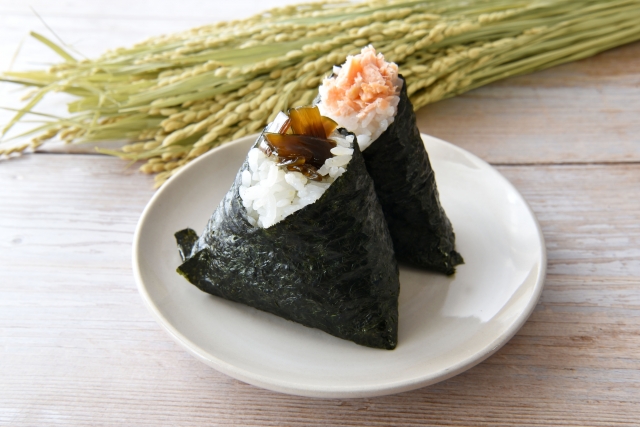
A Bite of History
The roots of onigiri stretch back to early records from the 8th century, where rice pressed into shapes called nigiri-ihi was mentioned. Archaeological finds of carbonized rice balls from over 2,000 years ago reveal how deeply this food is woven into Japan’s past.
By the Sengoku period (15th–16th century), onigiri became an essential battlefield food—portable, filling, and easy to make. Warriors carried them wrapped in bamboo leaves, an early form of packed lunch that fueled their battles.
During the Edo era (17th–19th century), onigiri spread as popular street food. This period saw the introduction of wrapping rice balls in nori, shaping the style we enjoy today. From samurai rations to everyday snacks, onigiri became a comforting staple embedded in Japanese life.
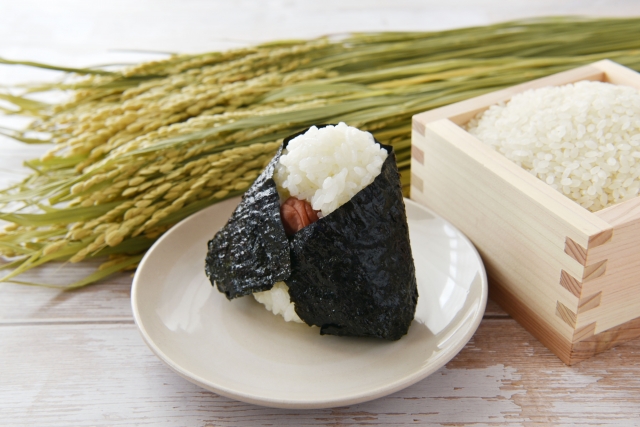
Shapes and Styles
The iconic triangle shape is just the beginning. Onigiri also come in:
- Round balls (maru-gata)—a common homemade style
- Cylinders (tawara-gata)—resembling rice bales
- Pressed molds—for decorative or uniform shapes
These shapes are complemented by unique cooking styles such as:
- Yaki-onigiri – grilled rice balls brushed with soy sauce, crispy on the outside and savory inside
- Age-onigiri – deep-fried rice balls, offering a crunchy, indulgent twist
- Bakudan-onigiri – literally “bomb onigiri,” oversized versions bursting with multiple fillings
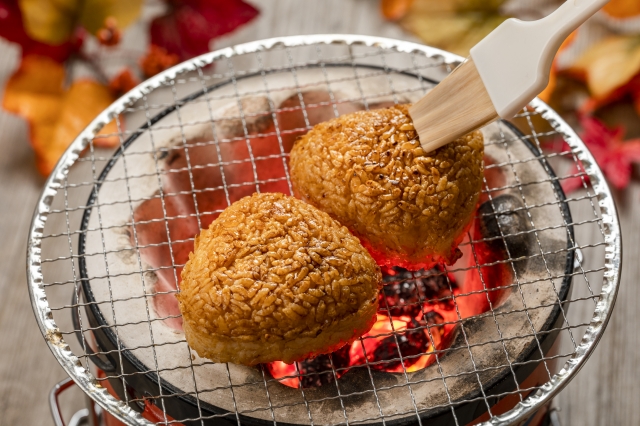
Rice varieties vary as well. While plain white rice is standard, you’ll also find:
- Brown rice for a healthier, nuttier flavor
- Multigrain rice packed with added nutrients
- Sekihan (red rice) made with adzuki beans—a festive choice often reserved for celebrations
This rich diversity demonstrates how onigiri adapts beautifully to both tradition and modern lifestyles.
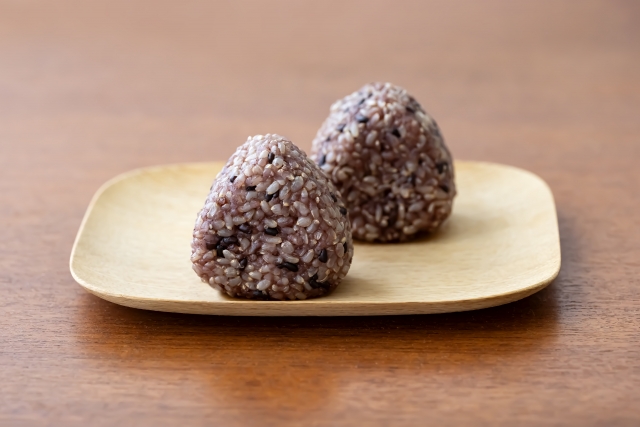
Fillings: Tradition Meets Modern Tastes
The magic of onigiri lies inside. Traditional fillings include:
- Umeboshi – salty, pickled plum known for its long shelf life
- Grilled salmon – a smoky, savory classic
- Katsuobushi (okaka) – delicate bonito flakes seasoned with soy sauce
- Kombu – simmered kelp packed with deep umami flavor
- Tarako/Mentaiko – salted or spicy cod roe for a burst of zest
Modern palates have embraced new favorites—tuna mayo reigns as the top-selling flavor in Japanese convenience stores. You can also find shrimp tempura, spicy chicken, cheese, and even experimental fillings inspired by international cuisines, such as Korean-style spicy beef or Thai green curry, showcasing onigiri’s incredible adaptability.

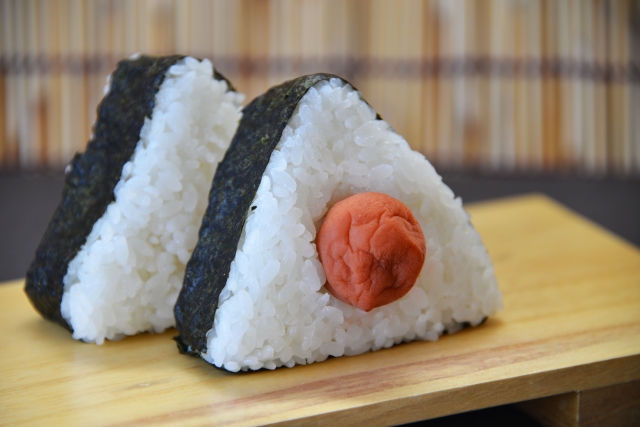
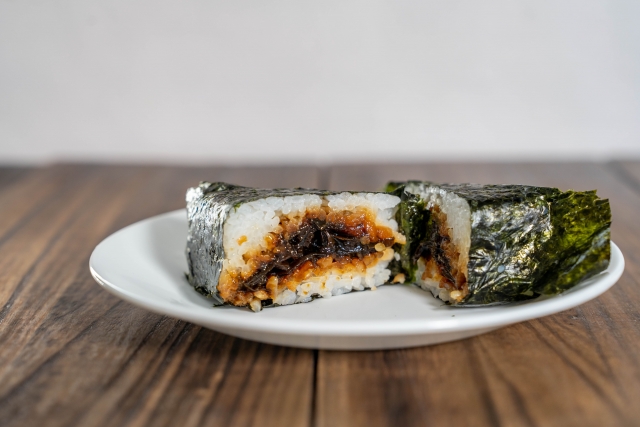
Onigiri in Daily Life and Festivals
Ask any Japanese person about childhood memories, and onigiri often comes up. They appear everywhere—from school field trips, where they’re a staple in every lunch box (bento), to sports days, providing easy-to-eat fuel during quick breaks.
During hanami (cherry blossom viewing), onigiri is shared alongside fried chicken and rolled omelets, perfectly complementing the festive picnic atmosphere. Its lightweight, portable nature also makes it ideal for hiking and travel—fuel for long days spent exploring Japan’s breathtaking outdoors.
Onigiri holds a nostalgic, comforting value—many Japanese associate the taste of their mother’s or grandmother’s homemade rice ball with warm memories that last a lifetime.
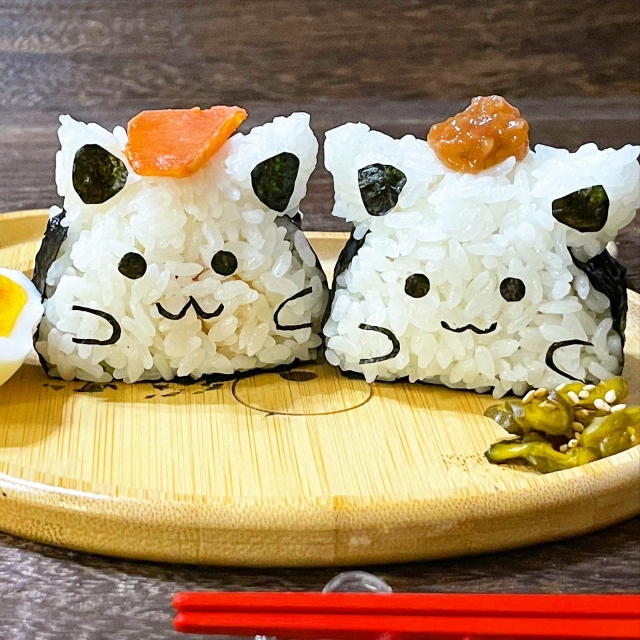
Regional Flavors Across Japan
Onigiri is a culinary map of Japan, with each region adding unique flavors:
- Niigata – famous for premium-quality rice, home to the oversized bakudan onigiri
- Kansai – seasoned rice mixed with shiso or sesame seeds adds fragrant flair
- Hokkaido – rich seafood fillings like salmon belly and ikura (salmon roe)
- Okinawa – pork tamago onigiri featuring fried spam and egg, reflecting American influence
Travelers can enjoy a delicious taste adventure simply by sampling onigiri from different prefectures—each bite tells a story of place and tradition.
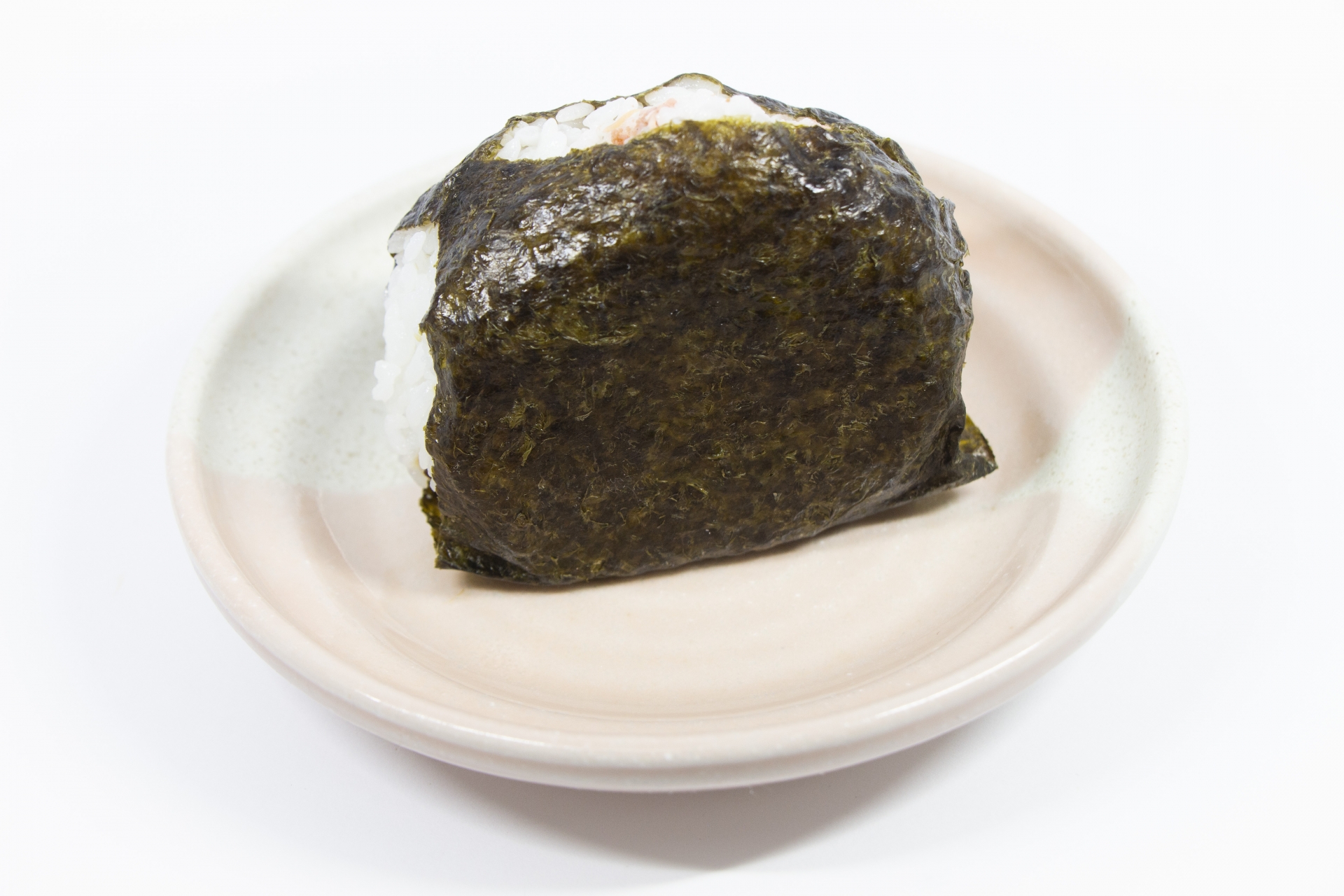
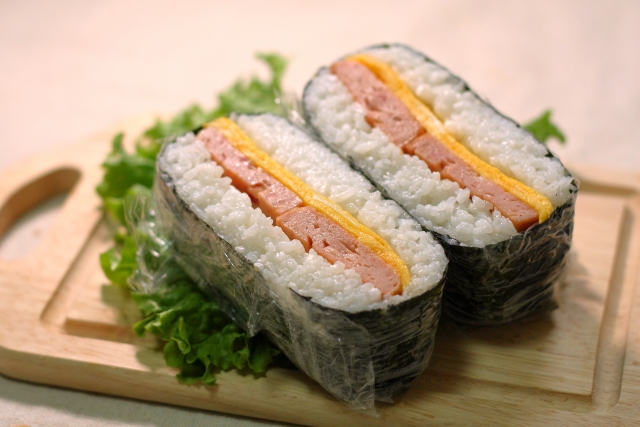
The Convenience Store Revolution
Today, the fastest and most convenient way to try onigiri is at Japanese convenience stores. Thanks to clever packaging technology, the seaweed stays crisp until you unwrap it, ensuring the perfect bite every time.
For many visitors, grabbing an onigiri for just 100–200 yen from Lawson, 7-Eleven, or FamilyMart is an affordable and eye-opening introduction to Japanese fast food culture.
These stores boast dozens of flavors—from seasonal specialties to region-exclusive items—transforming onigiri into an everyday cultural experience that’s accessible, consistent, and deeply tied to Japanese life.
Billion-dollar sales annually prove just how central onigiri is to modern Japan.
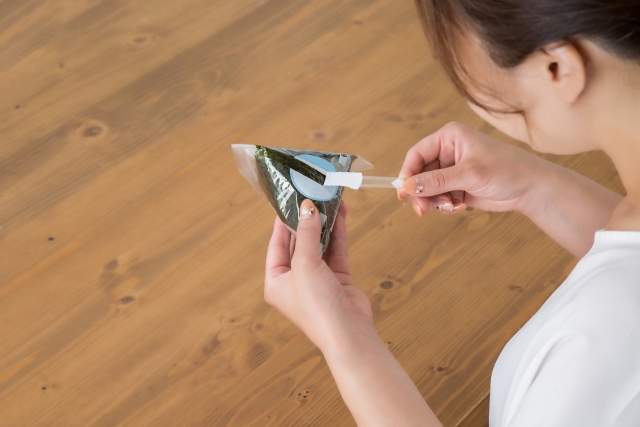
Onigiri Goes Global
While sushi became Japan’s first global food icon, onigiri is rapidly catching up. Dedicated onigiri shops in Paris, London, and New York attract locals fascinated by this comforting taste of Japan. Asian supermarkets abroad also offer packaged versions, bringing onigiri closer to fans worldwide.
Yet many first-time visitors confuse onigiri with sushi. The difference is simple:
- Sushi uses vinegared rice.
- Onigiri uses plain or lightly salted rice.
This distinction underscores Japanese cuisine’s rich diversity beyond common stereotypes.
Crafting Methods and the Unique Touches of Homes and Specialty Shops
Onigiri has long been cherished in Japanese households, and its preparation varies according to regional and family traditions. Although it is a simple food, the number of people who make it equals the number of unique preferences and techniques. Here, we introduce the ingenuity found in home-style preparation as well as the skills unique to specialty shops.
- The Commitment Begins with How the Rice Is Cooked
Delicious onigiri starts with the condition of the freshly cooked rice, which is considered one of the most important elements.
At home, rice is often cooked slightly firm so that it maintains elasticity when shaped, making it less likely to fall apart. On the other hand, softer rice creates a fluffy, gentle texture when eaten. Since the cooking method greatly affects the impression of the onigiri, some households even have their own “onigiri-specific” rice texture preferences.
- Techniques in Shaping and Salting
Onigiri comes in shapes such as triangular, barrel-shaped, and round, each with its own meaning.
The triangular shape is said to resemble a mountain, symbolizing good fortune. The barrel shape fits neatly into lunch boxes, while round onigiri are popular for children because they are easy to hold and eat.
The pressure applied when shaping is also crucial. If you squeeze too firmly, the rice grains break and harden; if too lightly, the onigiri falls apart. Mastering the technique of shaping “gently yet firmly” is surprisingly deep for such a simple dish.
There are several methods for adding salt: rubbing salt onto the hands before shaping, dipping hands lightly in salted water, or lightly sprinkling salt on the finished surface. The amount of salt significantly affects the sweetness and umami of the rice, ultimately determining the overall balance of the onigiri.
- Nori (Seaweed) and the Importance of Timing
Households have strong preferences regarding when to wrap the nori.
Some people enjoy wrapping it right before eating to maintain its crisp texture, while others prefer letting the nori soften slightly with the rice’s steam for a tender mouthfeel. Even with the same filling, the condition of the nori can make the onigiri feel entirely different, allowing each household to enjoy its own “flavor identity.”
- The Craftsmanship of Specialty Shops
In recent years, onigiri specialty shops have gained popularity. Many shops carefully select their ingredients, using rice from specific regions or different varieties depending on the menu. They also pay attention to the thickness and aroma of the nori. In addition to classic fillings like salmon and pickled plum, they create new possibilities by incorporating seasonal seafood or local specialty ingredients.
The “lightly hand-shaped texture” created by skilled artisans also surprises many customers. Professional onigiri maintains the shape without crushing the grains, resulting in a delicate texture that gently falls apart in the mouth.
- The Joy of Making Onigiri
There is joy not only in eating onigiri but also in making it.
Choosing fillings together with family or friends, preparing them before a picnic or school trip—these moments often become memories more valuable than the meal itself. Onigiri has become a familiar presence that connects people in daily life, thanks to this “joy of making” that has long been rooted in Japanese culture.
Fun Facts to Know
- The Triangle Myth: Some believe the triangular shape represents Japan’s sacred mountains, symbolizing strength and protection.
- Onigiri Day (June 18): This date honors the world’s oldest onigiri—a 2,000-year-old carbonized rice ball unearthed in Ishikawa Prefecture.
- Sheer Popularity: Japanese convenience stores sell billions of onigiri each year, making it arguably the nation’s most common meal.
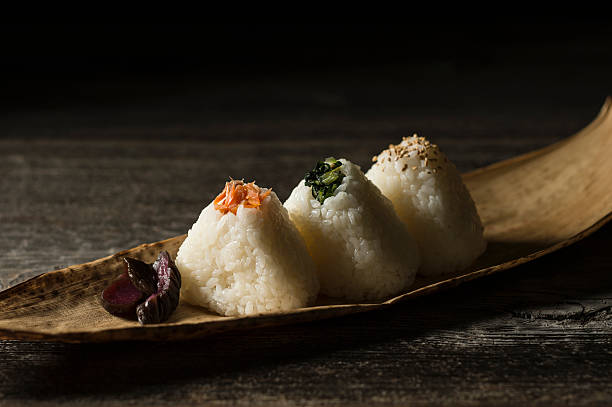
Why Onigiri Appeals to Travelers
For international visitors, onigiri checks all the boxes:
- Affordable – a quick, tasty meal costing about the same as a coffee
- Portable – no utensils needed; easy to eat on the go
- Healthy options – simple ingredients and balanced flavors
- Cultural depth – a food that beautifully blends Japan’s heritage and culinary innovation
Onigiri offers an authentic connection to Japanese culture at street level—familiar for locals but an exciting discovery for travelers.
FAQ: Quick Answers for First-Time Visitors
1. How do you open convenience store onigiri?
Peel down the center strip, then pull the side flaps to separate the seaweed from the rice — this keeps the nori crisp until you eat.
2. Is onigiri the same as sushi?
No. Sushi rice is seasoned with vinegar, sugar, and salt, while onigiri uses plain or lightly salted rice, often with a filling inside.
3. Are there vegetarian or vegan onigiri?
Yes. Umeboshi, kombu, and plain salted rice are common vegetarian options. Some stores also offer seasonal plant-based varieties.
4. How much does onigiri cost in Japan?
Convenience store options typically cost 100–200 yen (about 1–2 USD). Premium fillings may command slightly higher prices.
5. Can you find onigiri outside Japan?
Yes. Dedicated shops exist in Paris, New York, and London, and Asian supermarkets abroad sell packaged versions.
6. What is the most popular filling?
Tuna mayo currently leads sales, though grilled salmon and umeboshi remain classic favorites.
7. When do Japanese people usually eat onigiri?
Anytime—breakfast, lunch, or snack. Common in lunch boxes (bento) and at outdoor events like hanami.
8. How many calories are in one onigiri?
Typically 180–250 kcal, depending on filling and size; grilled or fried types may be higher.
9. Can you make onigiri at home?
Absolutely! All you need is freshly cooked rice, salt, and fillings. Mold by hand or use a small plastic mold for ease.
10. Why is onigiri wrapped in seaweed?
Nori adds flavor, keeps your hands clean, and helps hold the rice together.
In Conclusion
Onigiri is where history, simplicity, and everyday life come together. It's ancient yet modern, humble yet innovative. Whether nestled in a rural picnic basket, grabbed on a busy Tokyo street, or found in a specialty shop overseas, each rice ball carries a piece of Japan’s vibrant culture.
So next time you see an onigiri, don’t hesitate—unwrap it, take a bite, and savor a tradition that has traveled through centuries to your taste buds.
People’s reaction when eating
Search Restaurants by Destination


Search Restaurants by Popular Cuisines





